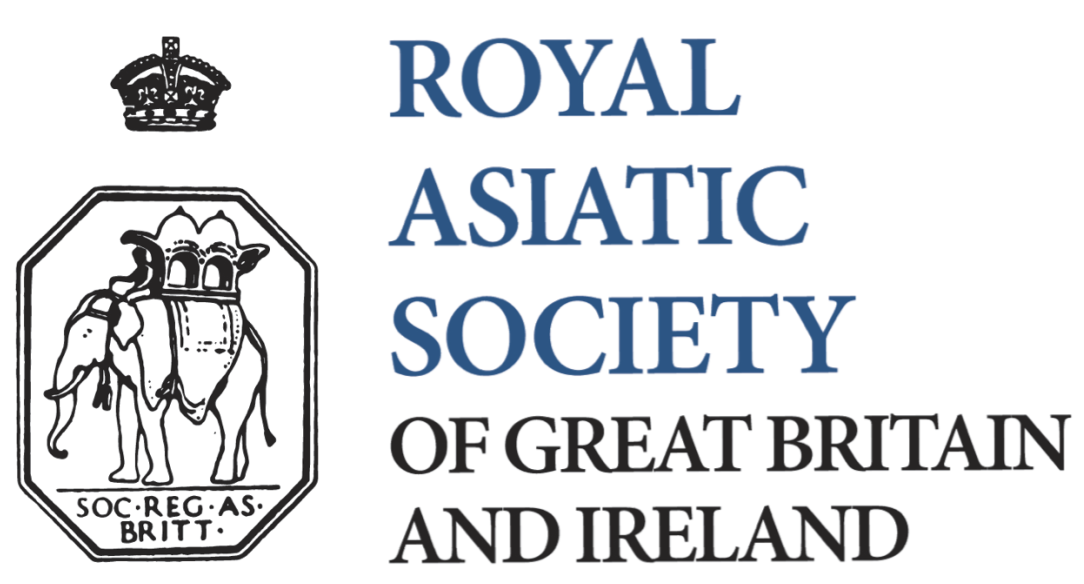Siebold’s Japan and Cataloguing the Elephant Volumes
One of the Society’s major long-term projects is the retrospective cataloguing of its printed collections. The Society’s library contains over 50,000 books, journals, and pamphlets, most of which were acquired in the nineteenth and early twentieth centuries. These works were catalogued at the time of acquisition, either on card catalogues or, before that, in printed catalogues.
These finding aids, which contained several tens of thousands of bibliographic records, were once the main way to search the Society’s holdings. Today, the first port of call for researchers is the Society’s online library catalogue. While this seems to render older, analogue catalogues irrelevant, this is truly the case only once all the records contained in the older ‘legacy’ catalogues are accessible in the digital version.
Over the last century, some of the books in the Society’s library were lost, damaged, or withdrawn due to being ‘out of scope’ of its core interests. In order to ensure that the online library catalogue only includes records for books we actually have, we decided that rather than just digitalizing the old catalogues, we would re-catalogue the collection ‘book in hand’. While more time-consuming, this meant that the online library catalogue would not contain lots of records for books which exited the collection many years ago.
The retrospective cataloguing project has been underway for well over a decade, having been initiated by my predecessor as RAS Librarian, Kathy Lazenbatt. The project has also relied heavily on volunteers, most notably Dr Roger Parsons, who made a major contribution to the cataloguing of our main book series as well as our ‘oversized’ (large book) sequence. This part of the project was completed during the Summer.
Now, another part of the collection is being catalogued, by our volunteer Alex Williamson. This series has been conventionally referred to within the Society as the ‘elephant volume’ collection: not – perhaps regrettably – because it is devoted to those remarkable animals, but because it consists of extremely oversized books, many of which are over 50 cm in height. Most of these books date from the nineteenth century, and comprise copies of inscriptions, atlases, or art books – all of which appear to have been popular academic genres in the Victorian era.
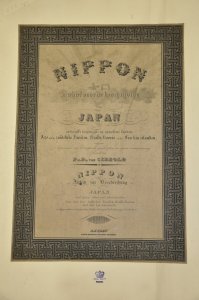
This week, Alex catalogued an enormous volume with the intimidating title Nippon: Archiv zur Beschreibung von Japan, und dessen neben- und schutzlandern, dating from 1832. In fact, this is a companion volume to another item already catalogued in our (normal) oversized sequence. Together, the two volumes comprise a major work that was issued, in several parts over many years, by Philip Franz von Siebold (1796-1866), a German physician and botanist who spent around six years in Japan during the 1820s.

At that time, Japan was largely closed to Europeans, and the small Dutch trading post at Dejima near Nagasaki was the only European presence in Japan. Siebold’s role in the small Dutch community combined the posts of physician and scientist, and his medical background provided the basis for friendly interactions with local Japanese people. This, in turn, allowed him to develop what was (for the time) an exceptional knowledge of Japanese culture. He also lived with a Japanese woman, Kusumoto Taki, with who he had a daughter, Kusumoto Ine, who would later become known as the first female doctor of Western medicine in Japan.

Siebold’s special interest was in Japanese flora and fauna, and he developed a large collection which he eventually transported back to Europe (and which, among other things, would later be credited with introducing the invasive species Japanese knotweed). His departure from Japan occurred sooner than he might have expected, as he was expelled in late 1829 for being in possession of certain maps of Japan, which the authorities considered a security risk. Nevertheless, the collection he brought back to Europe ensured his lasting fame, as did the voluminous Archiv, which reflected the geographical, ethnographic, and scientific knowledge he had accrued during his years in Japan. Today, this work is particularly sought after due to the many sumptuous illustrations it contains.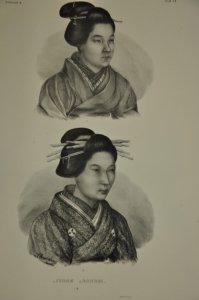
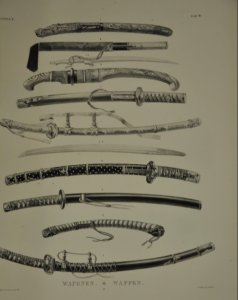
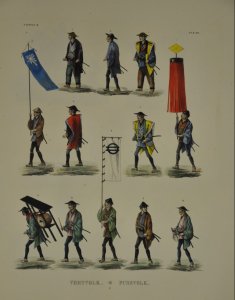
Next week, on Monday 16 September, the Society will host an event about another European physician in the Far East, who became a major figure in the relationship between Britain and Japan and China. This talk will see Dr Robert Morton speak about ‘Sir Rutherford Alcock: First British Minister to Japan (1859-1865), Consul (1844-1859) and Minister (1865-1870) to China’. Then, Wednesday 18 September will see ‘The Life and Work of Noh Actor Akira Matsui’, when Akira Matsui will be interviewed by Margaret Coldiron about his life, career, and the place of Noh in contemporary international arts today. We hope you will be able to join us for these stimulating events, which provide complementary perspectives on the past and future of cultural interchange between Europe and East Asia.
